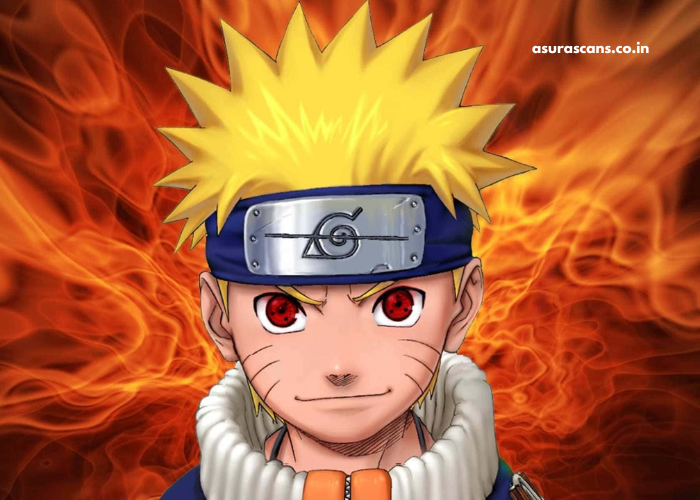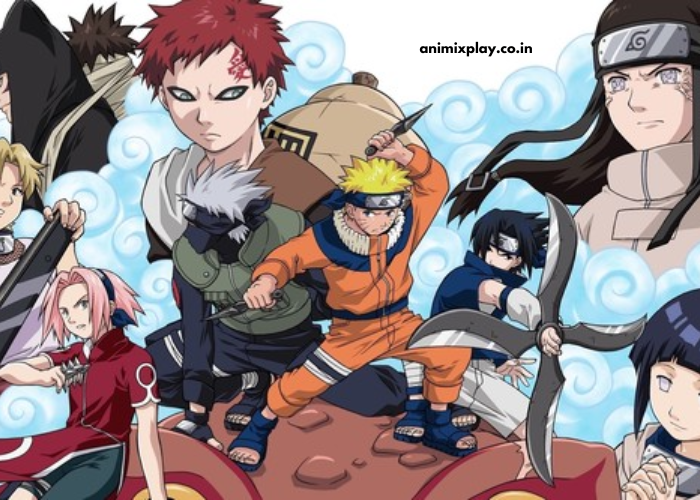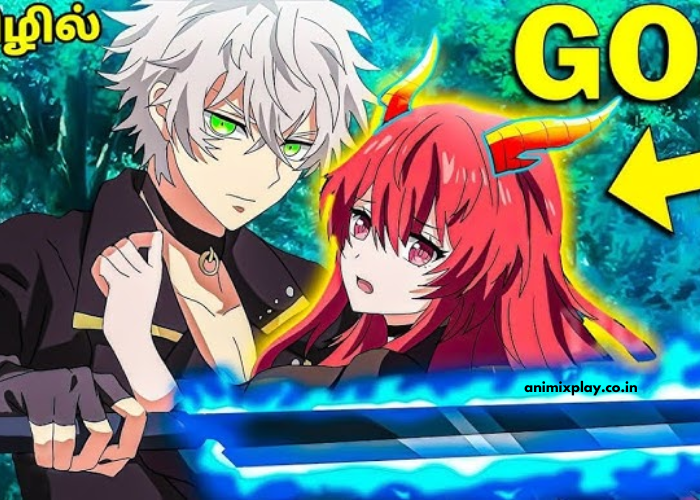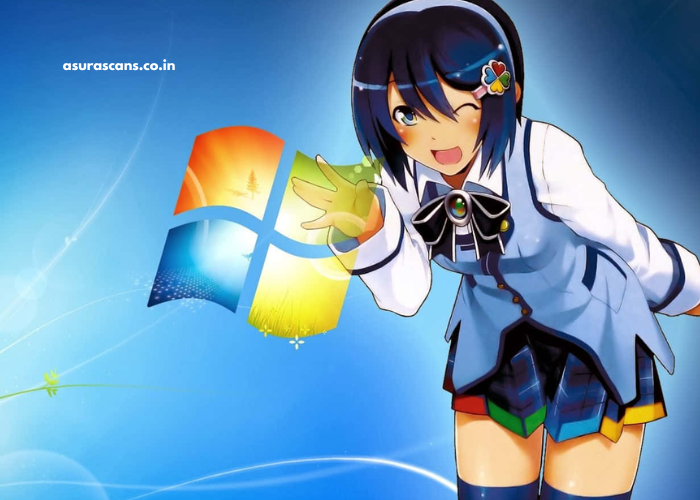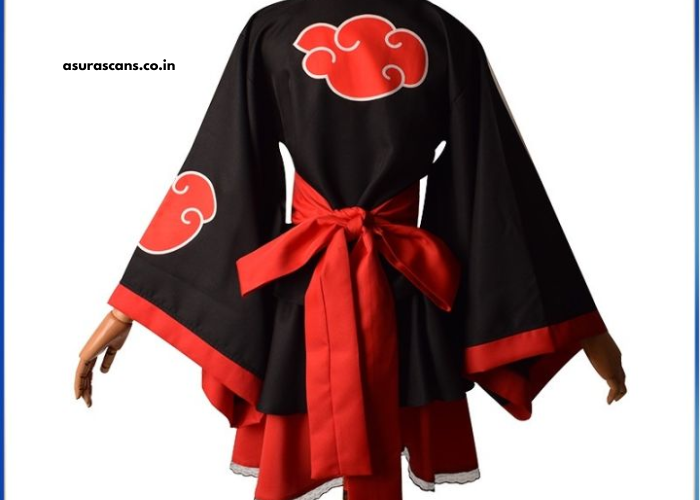Naruto Uzumaki, the protagonist of the globally popular anime series Naruto, is known for his distinct and iconic face. With his ever-present whisker marks, his bright orange hair, and determined expression, Naruto’s face has become symbolic of his character’s growth, struggles, and triumphs. His face is not just a representation of his appearance but also reflects his inner strength and journey from an outcast to a hero.
Over time, Naruto’s face has been central to his identity, becoming a symbol of his unwavering determination. In this blog, we’ll dive into the features that make up Naruto’s face and explore the deeper meaning behind these iconic visual elements.
Key Points:
- Naruto’s face expresses his growth and emotional journey.
- His whisker marks are a key visual element linked to his origins.
- The evolution of Naruto’s expressions reflects his character development.
What Do Naruto’s Whisker Marks Represent?
One of the most notable features of Naruto’s face are the three whisker marks on each cheek. These marks are instantly recognizable and are an integral part of his design. At first glance, these marks may seem like an unusual or arbitrary design choice, but they hold significant meaning in the context of the anime’s story.
Naruto was born as the host of the Nine-Tails Fox (Kurama), a powerful and destructive beast. The whisker marks on his face are a direct result of his connection with this beast, a symbol of the fox sealed inside him. While some may view them as a reminder of his burden, the whisker marks also represent Naruto’s resilience and his ability to overcome his dark past.
As Naruto grows throughout the series, the whisker marks become less of a source of shame and more of a badge of honor, signifying his strength and willingness to fight for those he loves. His appearance serves as a reflection of his inner transformation.
How Do Naruto’s Expressions Reflect His Emotions?
Naruto’s facial expressions play a vital role in portraying his emotions, whether it’s determination, joy, sadness, or anger. A significant part of his character development is captured through the subtle changes in his face.
When Naruto is determined to achieve something, his expression becomes one of intense focus, his brows furrowed, and his eyes wide and piercing. This expression is most noticeable when he is fighting against an opponent, pushing his limits, or making life-changing decisions. On the other hand, when he experiences joy or pride, his face softens with a warm smile, often shared with his friends and loved ones.
Moreover, Naruto’s expressions also evolve as he matures. Early on in the series, his face is often youthful and full of youthful exuberance. As the story progresses, especially during the more intense and tragic moments, his face takes on a more serious, grown-up look. This transition signifies Naruto’s emotional and mental growth.
How Does Naruto’s Hair Contribute to His Appearance?
Naruto’s spiky blonde hair is another iconic feature that sets him apart. His hair has become almost as well-known as his whisker marks, and together they form a memorable visual that represents his energetic personality and persistence. The spiky nature of his hair is a physical representation of his wild spirit and determination to forge his own path in life.
In addition to his spiky hair, the color itself holds meaning. His bright blonde hair is inherited from his mother, Kushina Uzumaki, and signifies his strong connection to his heritage. Despite being an orphan for most of his life, Naruto’s hair serves as a reminder of his roots and the love of his parents.
Throughout the series, Naruto’s hair also changes in response to his emotional journey. In the early episodes, his hair is messier, reflecting his impulsive and rebellious nature. As he matures, his hair takes on a more controlled, but still spiky, appearance, symbolizing his growth and increased self-awareness.
How Do Naruto’s Eyes Add to His Character Development?
Naruto’s eyes are another significant aspect of his face that plays into his character development. His large, expressive eyes have the ability to convey a wide range of emotions, from anger and sadness to determination and hope.
Early in the series, Naruto’s eyes often carry a sense of loneliness, reflecting his isolation from others due to his status as the host of the Nine-Tails Fox. Over time, however, Naruto’s eyes shift as he builds bonds with others. His gaze becomes one of understanding, love, and compassion, especially after he begins to trust his friends and open up to others.
Naruto’s eyes are also crucial during battle sequences, where his pupils dilate in moments of intense concentration or rage. These changes symbolize his increasing connection to his inner strength, as well as the influence of his relationship with Kurama, the Nine-Tails Fox.
Conclusion
In conclusion, Naruto’s face is much more than a visual design. Every feature, from his whisker marks to his hair and eyes, reflects different aspects of his character and journey. His face represents both his struggles and his triumphs, capturing his emotional growth throughout the series.
As Naruto’s character evolves, so too does his appearance, with each feature embodying a specific milestone in his development. Whether it’s the fierce determination in his eyes or the strength symbolized by his whisker marks, Naruto’s face remains an iconic part of his identity. His visual evolution mirrors the themes of perseverance, self-discovery, and the importance of relationships that are central to his story.
FAQ’s
- What do Naruto’s whisker marks mean?
- Naruto’s whisker marks are a symbol of the Nine-Tails Fox sealed inside him. They represent both his connection to the fox and his strength in overcoming it.
- Why is Naruto’s hair spiky?
- Naruto’s spiky blonde hair symbolizes his energetic, rebellious personality and his desire to carve out his own path in life.
- How do Naruto’s facial expressions change throughout the series?
- Naruto’s facial expressions evolve from youthful and carefree to serious and mature, reflecting his emotional growth as he faces various challenges.
- What role do Naruto’s eyes play in his development?
- Naruto’s eyes show his emotional transformation, from loneliness to empathy, and his increasing connection with his inner power and the Nine-Tails Fox.
- How does Naruto’s appearance reflect his inner strength?
- Naruto’s face, hair, and expressions all represent different aspects of his character’s strength, including his perseverance, emotional growth, and connection to his heritage.

